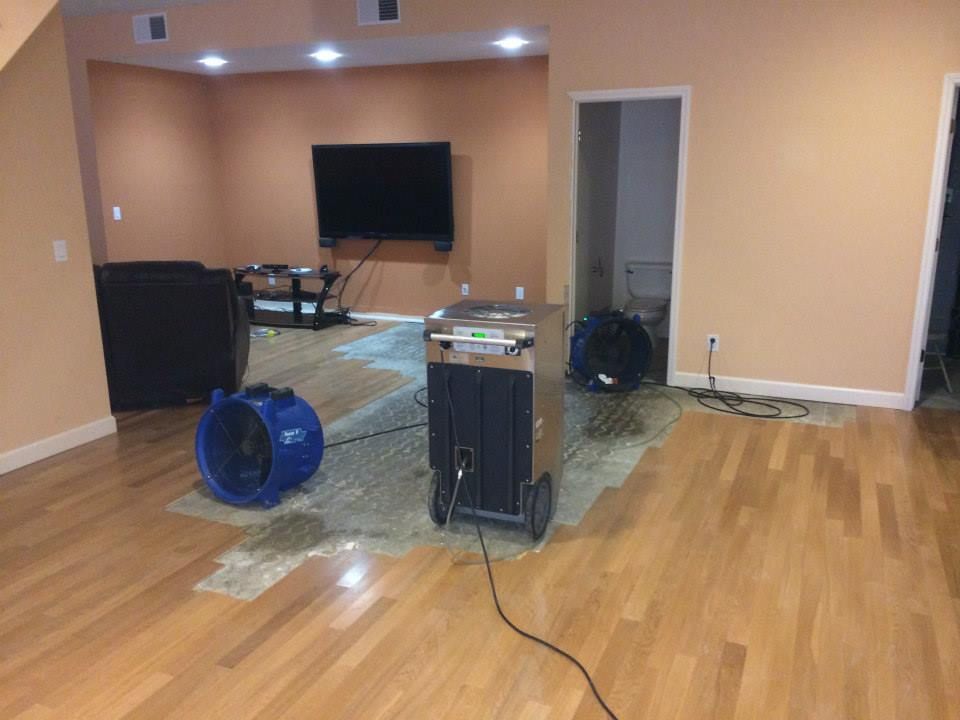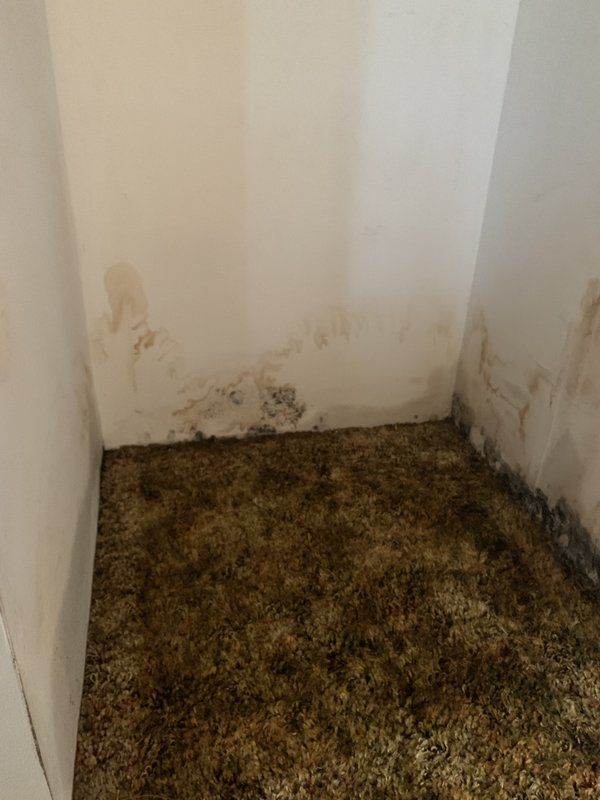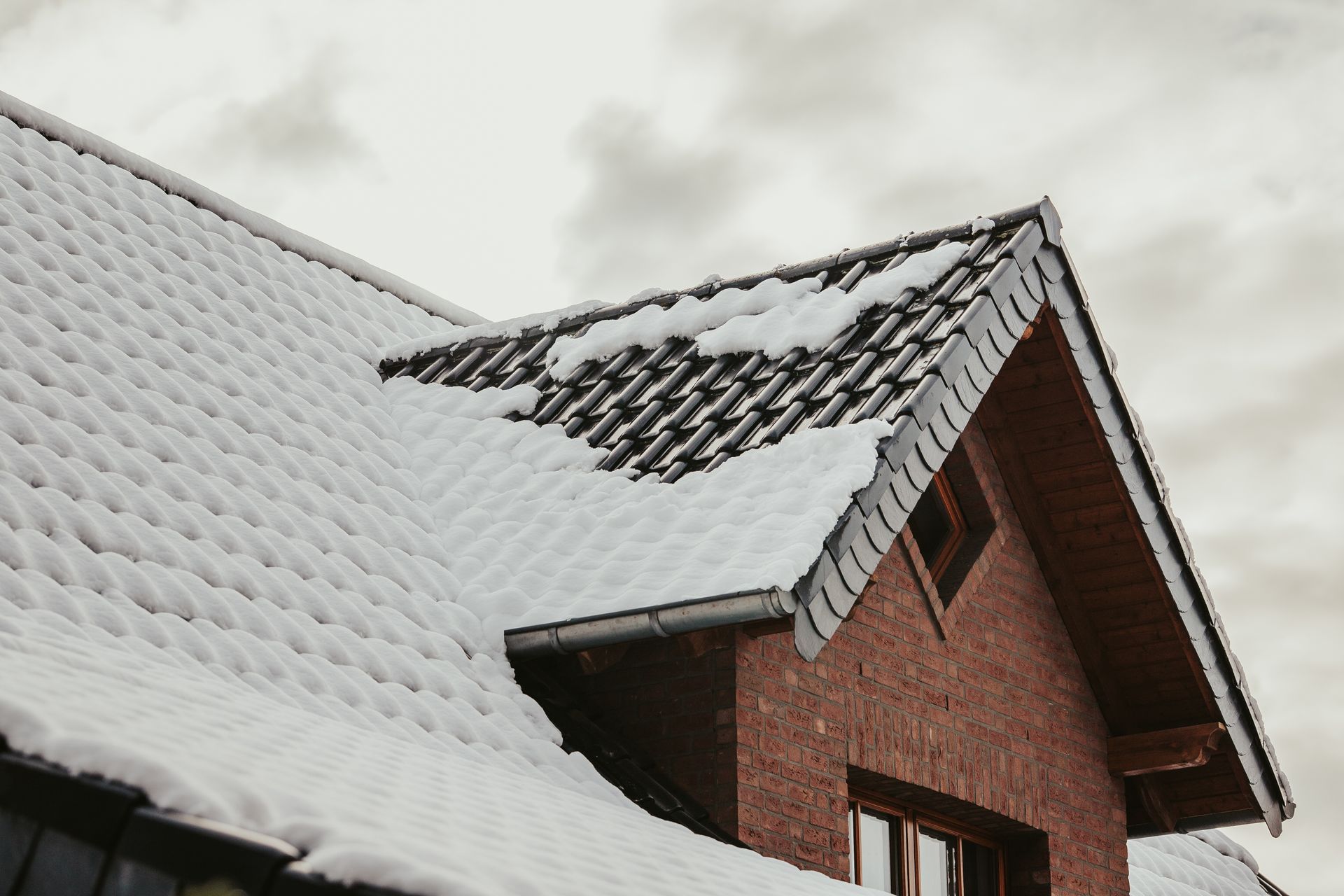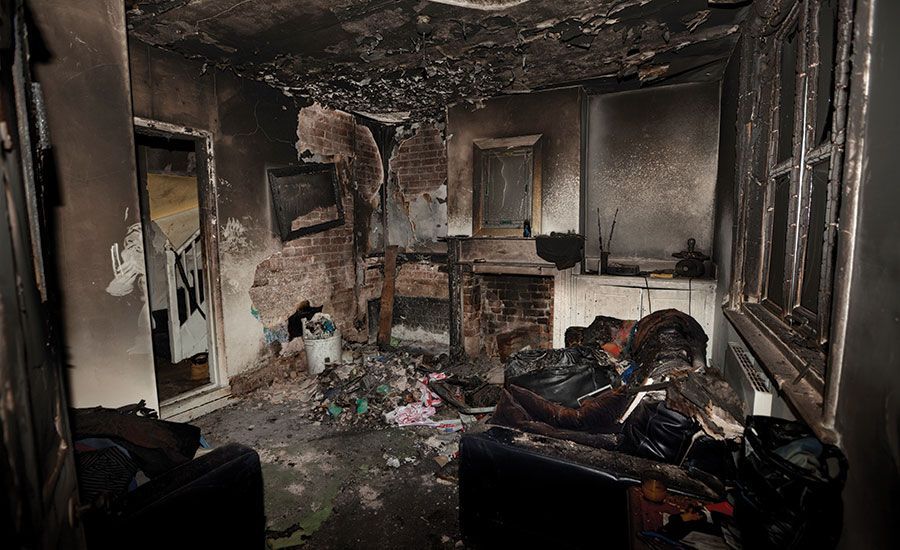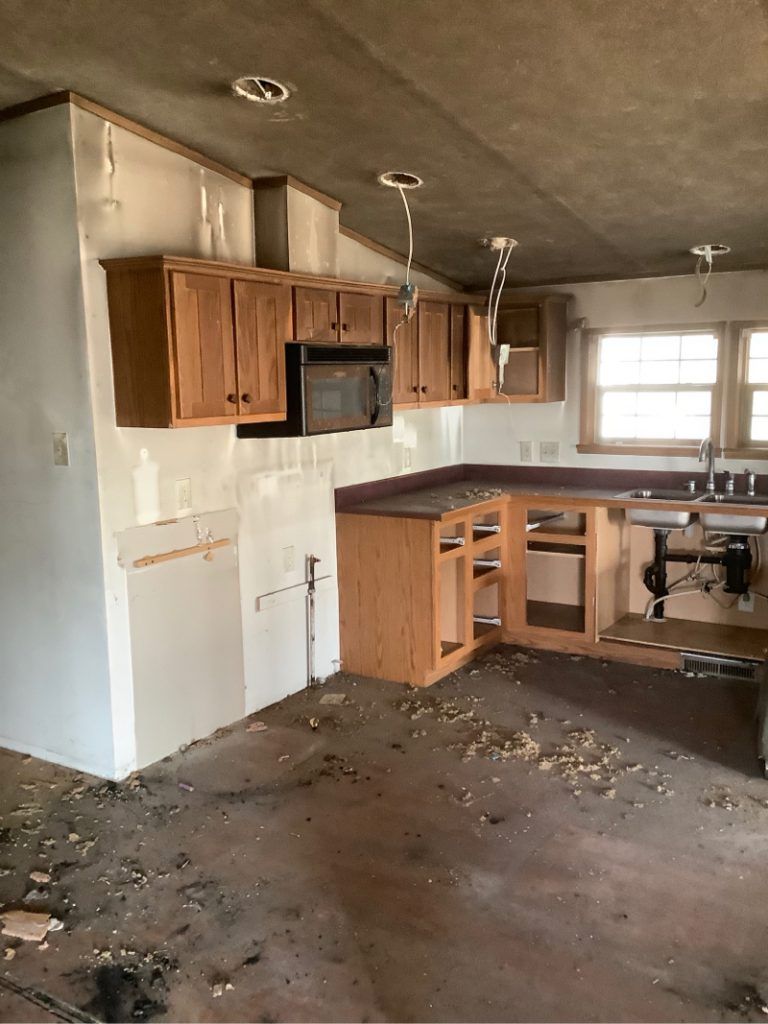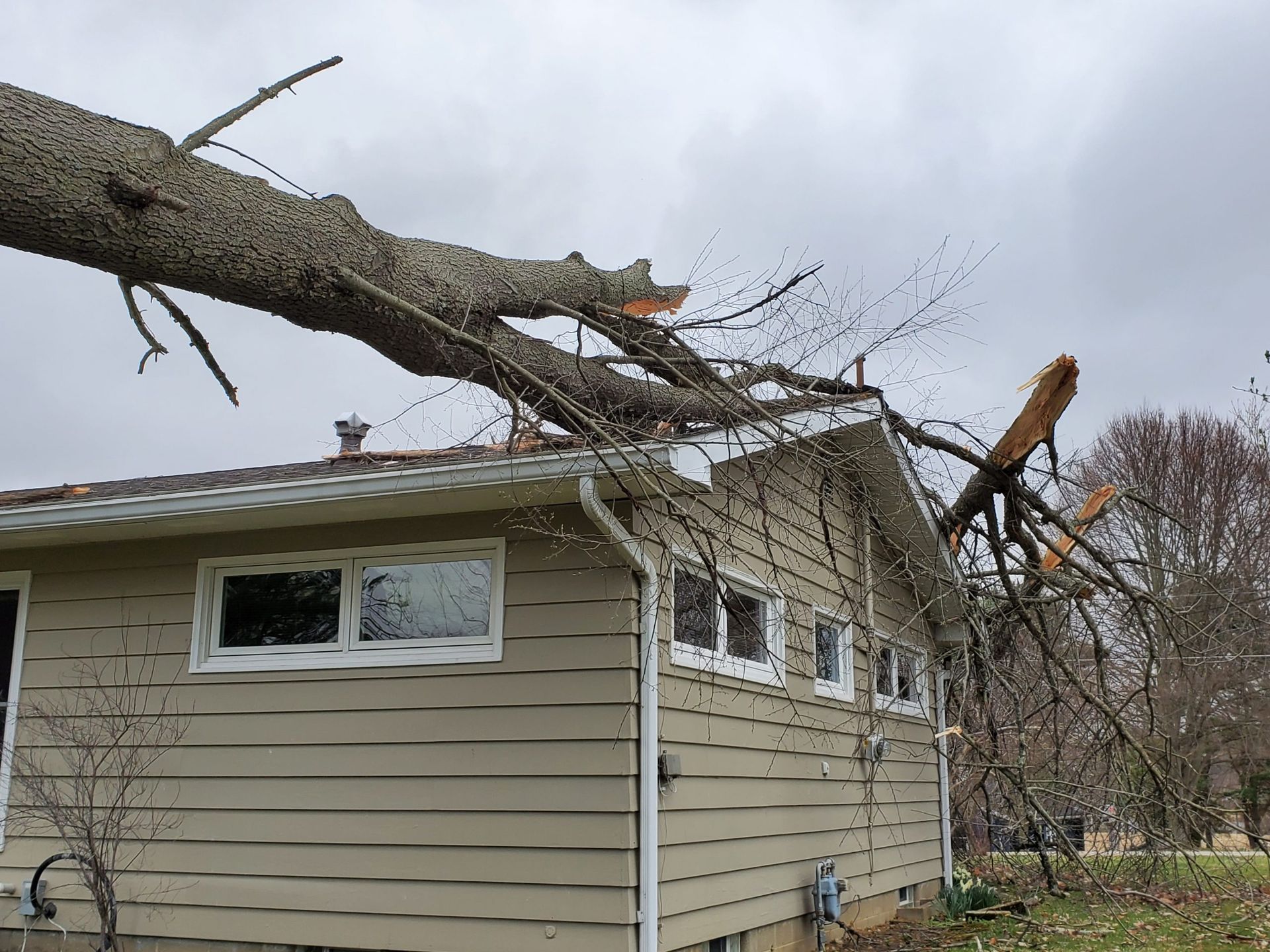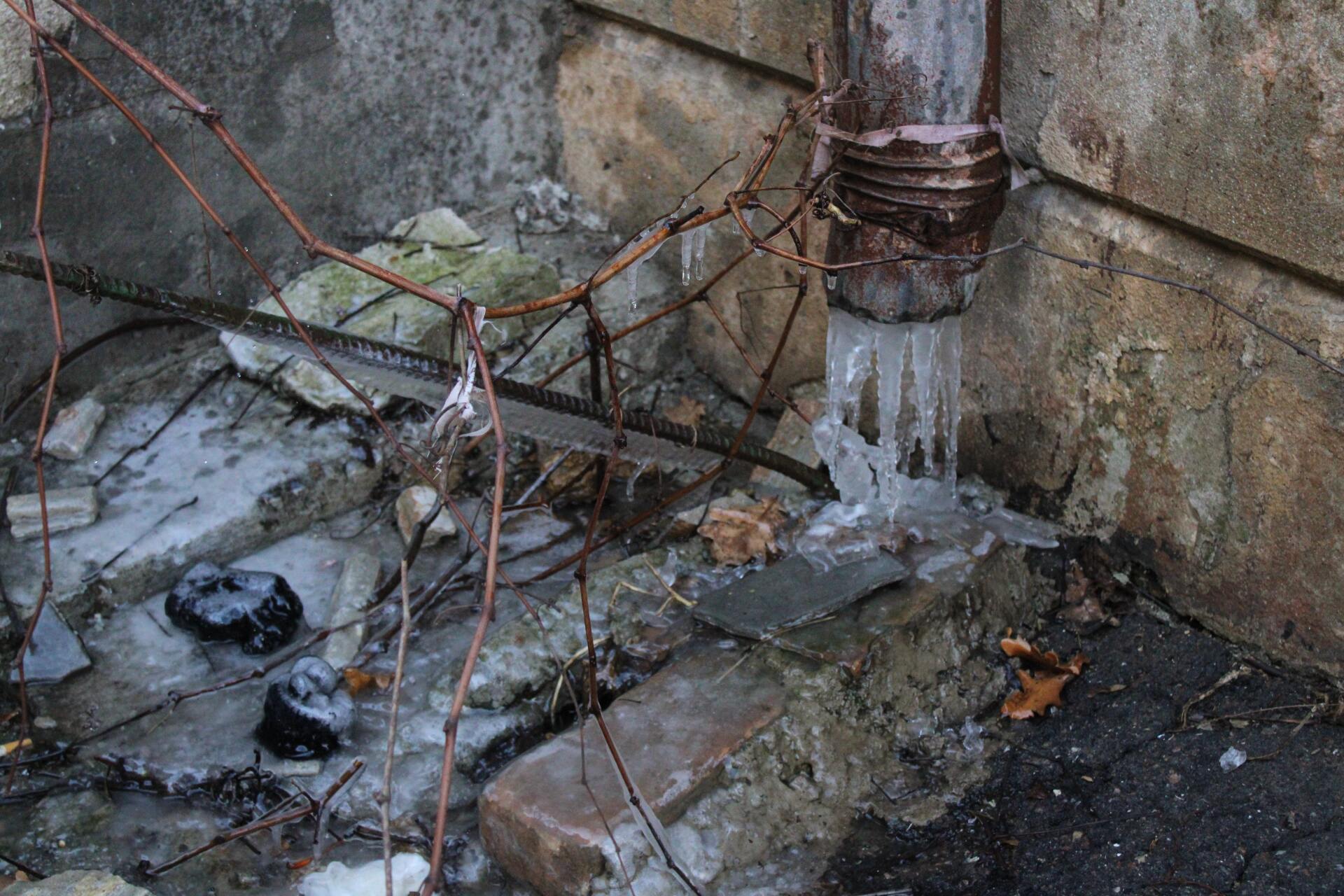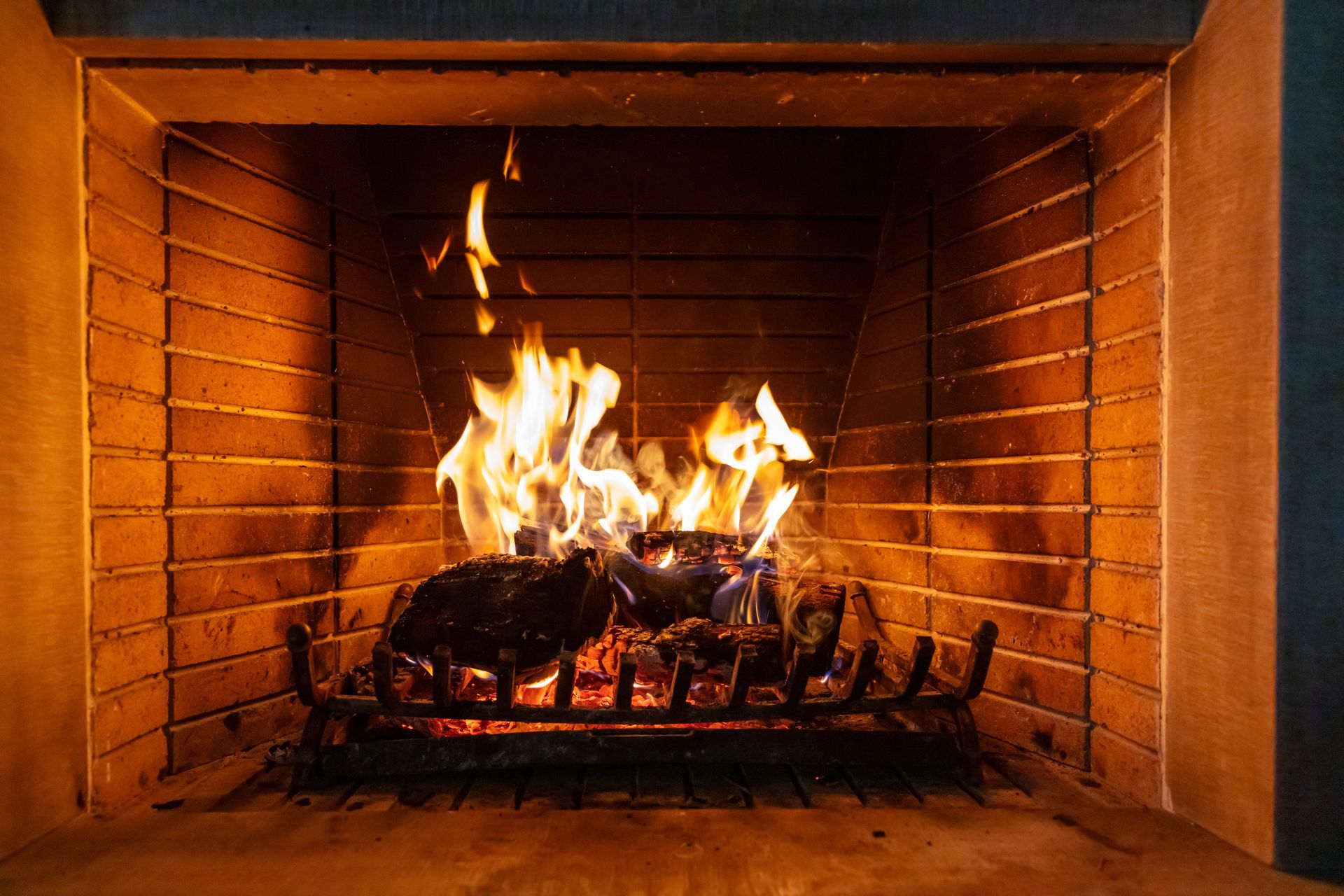Removing Smoke Damage from Brick
Removing Smoke Damage from Brick
Mishaps happen. Whether it is a fireplace flare-up, or a kitchen catastrophe. Or perhaps your grill flame got a little out of control. No matter what, soot can be a tough project to tackle for removal. From interior fireplaces to exterior walls, learn how to clean smoke damaged brick today…
First is first; do not just wing soot removal! Soot is acidic so it can make it difficult to remove. Using random cleaners could make it worse once you start scrubbing. With the right tips and tricks, however, you’ll be well on your way to successful soot removal.
How to Remove Soot on Brick:
- What You’ll Need:
Safety materials: Dust mask or respirator, long sleeves, pants and gloves.
Dry cleaning or ‘soot eraser’ sponge
Sponges and/or rags
Drop cloth, tarp or plastic for your work area
Commercial degreaser or soot removal spray
(Avoid water-based cleaners, which spread stains, if removing soot from plaster walls.)
Baking soda
Dish Soap
Vacuum with upholstery attachment or stiff brush
Exterior brick: Power/pressure washer
- Exterior Brick
- Ensure adequate ventilation.
- Ensure adequate ventilation, opening windows or doors if necessary.
- Cover undamaged surfaces.
- After donning safety gear, including gloves, mask/respirator, and long sleeves/pants to protect yourself from acidic soot, carefully cover any undamaged areas to prevent the spreading of soot, or move furniture and items to an unaffected room.
- Begin soot removal with dry brushing.
- Using a vacuum with an upholstery brush attachment, or a stiff brush, gently brush the brick surface to remove the top layer of soot.
- Take off the next layer of soot with a chemical sponge.
- Before using water, which can spread soot and make it impossible to remove, first lift as much soot away as you can with a chemical/dry cleaning sponge. If a side of the sponge becomes contaminated with soot, slice off the dirty side, using a new sponge when necessary. Be sure to use a wiping motion, as a scrubbing motion can push soot deeper into the brick.
- Apply the degreaser.
- Using a commercial degreaser or dish soap solution (6 tablespoons soap per gallon of water), wash the surface using the same wiping motion you did with the dry cleaning sponge. If your rag/sponge gets dirty, rinse and ring in a bucket of water.
- Rinse.
- Grab a fresh bucket of water, or a power washer on external surfaces if one is available, rinsing off the cleaning solution completely. If soot remains, make a scrubbing paste with 1/2 cup baking soda and a few tablespoons of dish soap. Scrub with a stiff brush, then rinse again.
- Interior Brick
To clean interior brick, be very mindful of adequate ventilation. Follow the same steps as above, except replace the power washer with a clean rag and a bucket of water to remove degreaser and soot residue.
After Cleaning
Following smoke and soot removal, let your brick dry naturally, increasing ventilation with fans or by opening windows to aid the drying process. For permanently stained surfaces, or to make cleaning easier and control moisture issues, consider priming and sealing brick surfaces with a fresh coat of paint to renew the look of your home.
Still Not Coming Off? Rainbow International Restoration can help with even the smelliest smoke and soot problems that might persist. Contact us today!
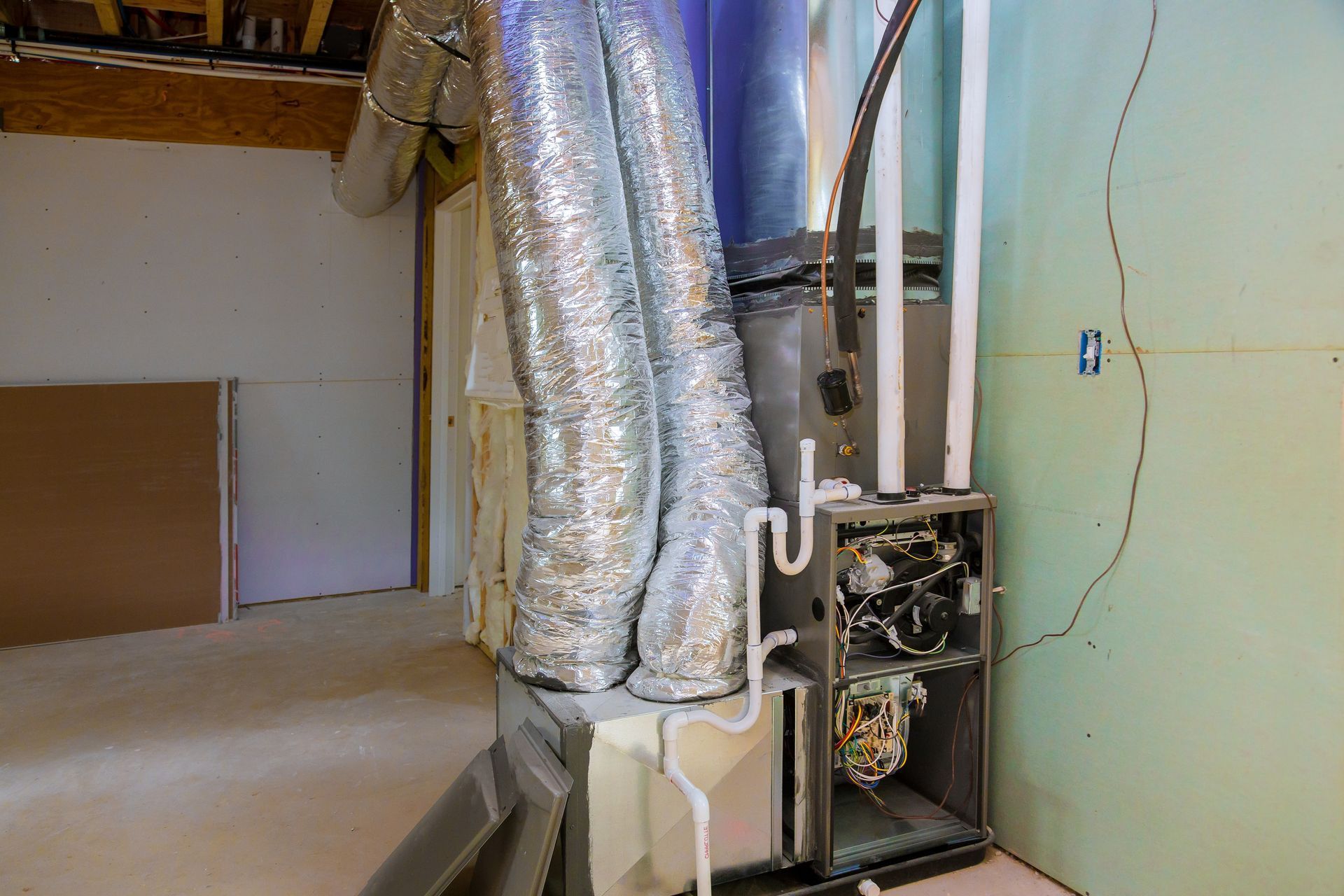
Why a Furnace Inspection is Essential: Winter Home Safety with Rainbow Restoration by Shrock Premier
